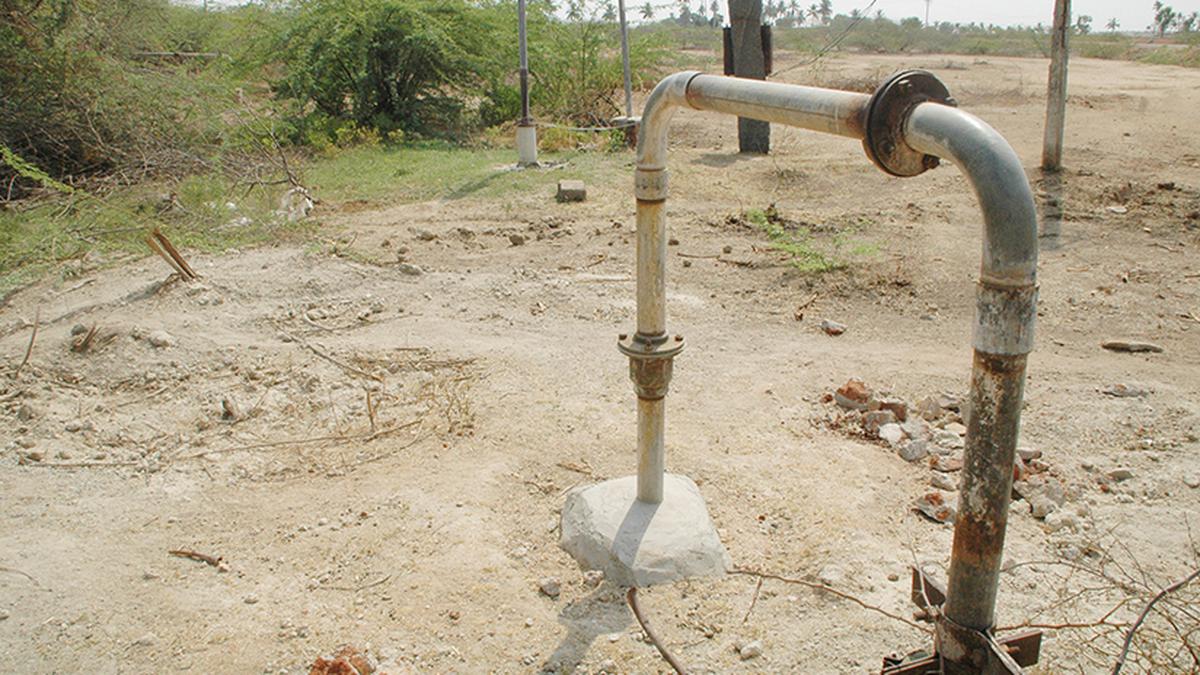The Jal Shakti Ministry is working on an ambitious plan to build a massive network of groundwater sensors that will continuously communicate data on groundwater levels and contaminants.

What is Groundwater?
- Groundwater is water that exists underground in cracks and crevices in soil, sand, and rock.
- It is stored in and slowly travels through aquifers, which are geologic formations of soil, sand, and rocks.
- Aquifers are usually composed of gravel, sand, sandstone, or broken rock such as limestone.
- Water can travel through these materials due to their huge interconnected gaps, which make them permeable.
- Aquifers, hand-dug wells, and artesian wells are all different forms of groundwater sources.
Groundwater Monitoring Using Sensors
- This new endeavour will connect approximately 16,000-17,000 digital water level recorders to piezometers in wells to communicate information digitally.
- The CGWB intends to expand its network from 26,000 to 40,000 in the next three years.
- When integrated with other institutions’ comparable networks, India will have approximately 67,000 digitally recordable units to monitor groundwater dynamics.
The significance of the change
- Groundwater would be visible in the same way that air quality and weather variables are.
- The data will be available to the general public.
- It may offer farmers with groundwater forecasts that are useful for planting, as well as updated advisories that can impact state groundwater extraction policies.
Why monitor groundwater?
- Nitrate pollution has been detected in some areas as a result of the usage of nitrogenous fertilisers.
- Groundwater contamination, which is primarily “geogenic” (natural), has not altered considerably over time.
- However, nitrate contamination, as well as fluoride and arsenic contamination, have been reported in specific areas and states.
The current monitoring system
- Currently, the Central Groundwater Board relies on a network of approximately 26 thousand groundwater observation wells.
- It necessitates technicians manually measuring the status of a region’s groundwater.
Extraction of Groundwater in India
- The country’s total annual groundwater recharge has been estimated to be 437.60 billion cubic metres (BCM).
- The yearly extractable groundwater resource has been estimated as 398.08 billion cubic metres, with actual extraction at 239.16 billion cubic metres.
- The average stage of groundwater extraction in the country is around 60.08%, with anything above 70% deemed “critical.”
Source: https://www.thehindu.com/news/national/jal-shakti-ministry-plans-network-of-groundwater-sensors-to-monitor-quality-contamination-levels/article66769580.ece
